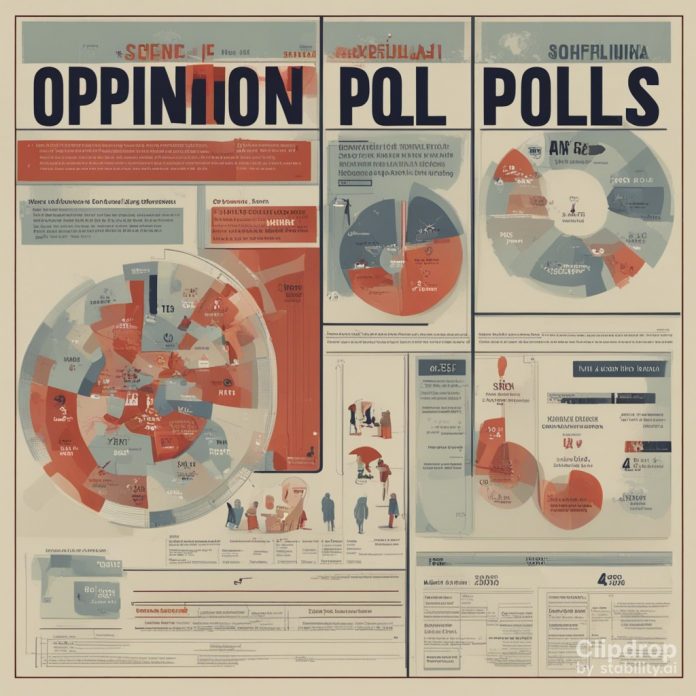Introduction
In the world of politics and campaigns, opinion polls play a pivotal role in gauging public sentiment and guiding decision-making. They are not just tools for politicians and campaign strategists but also serve as vital indicators of a nation’s mood and preferences. However, understanding and interpreting polling data is a science in itself. In this blog post, we will delve into the intricacies of opinion polls, offering insights into how to interpret and effectively use polling data in political campaigns.
The Basics of Opinion Polls
Opinion polls are structured surveys conducted to measure public opinion on a specific issue, candidate, or topic. They employ various sampling techniques to collect responses from a subset of the population, which is then used to make inferences about the entire population. Here are some key components of opinion polls:
- Sample Size and Composition: The size and composition of the sample are critical to the accuracy of the poll. A representative sample should reflect the demographic diversity of the population being studied.
- Question Wording and Framing: The wording of questions can significantly influence the responses. Pollsters must use neutral and unbiased language to ensure the validity of the results.
- Margin of Error: Every poll has a margin of error, which quantifies the uncertainty associated with the results. A smaller margin of error indicates a more precise estimate.
- Sampling Method: Polls can be conducted through various methods, including phone interviews, online surveys, or in-person interviews. The choice of method can impact the results.
Interpreting Polling Data
- Margin of Error: Understanding the margin of error is crucial. It represents the range within which the true population parameter is likely to fall. For example, if a poll shows Candidate A with 45% support and a margin of error of ±3%, it means that Candidate A’s true support could be between 42% and 48%.
- Trends Over Time: Examining how support for candidates or issues changes over time can reveal valuable insights. Pay attention to the trendlines, as a single poll may not provide a complete picture.
- Demographics: Analyzing the demographic breakdown of poll results can help identify key voting blocs. This information is essential for targeted campaign strategies.
- Cross-Tabulations: Cross-tabulating data, such as party affiliation and candidate support, can uncover correlations and patterns. This can be particularly helpful in crafting campaign messages.
Using Polling Data in Campaigns
- Targeted Messaging: Campaigns can tailor their messages based on the demographic breakdown of support. For example, if a poll shows strong youth support for a candidate, the campaign can focus on issues that resonate with younger voters.
- Resource Allocation: Polls can guide the allocation of campaign resources. Campaigns can concentrate their efforts in areas where they have strong support or where the race is tight.
- Response to Attacks: Polls can signal when a candidate is vulnerable or under attack. Campaigns can then formulate strategies to counter negative narratives.
- Get-Out-the-Vote (GOTV) Efforts: Polls can identify undecided voters or supporters who are less likely to turn out. GOTV efforts can be targeted to mobilize these groups.
Conclusion
Opinion polls are powerful tools in the world of political campaigns, providing valuable insights into public opinion. However, their interpretation and use require a nuanced understanding of the methodology, margin of error, and demographics. When used effectively, polling data can inform campaign strategies, messaging, and resource allocation, giving candidates a competitive edge in the political arena. In an era where data-driven decision-making is paramount, mastering the science of opinion polls is essential for any campaign’s success.

